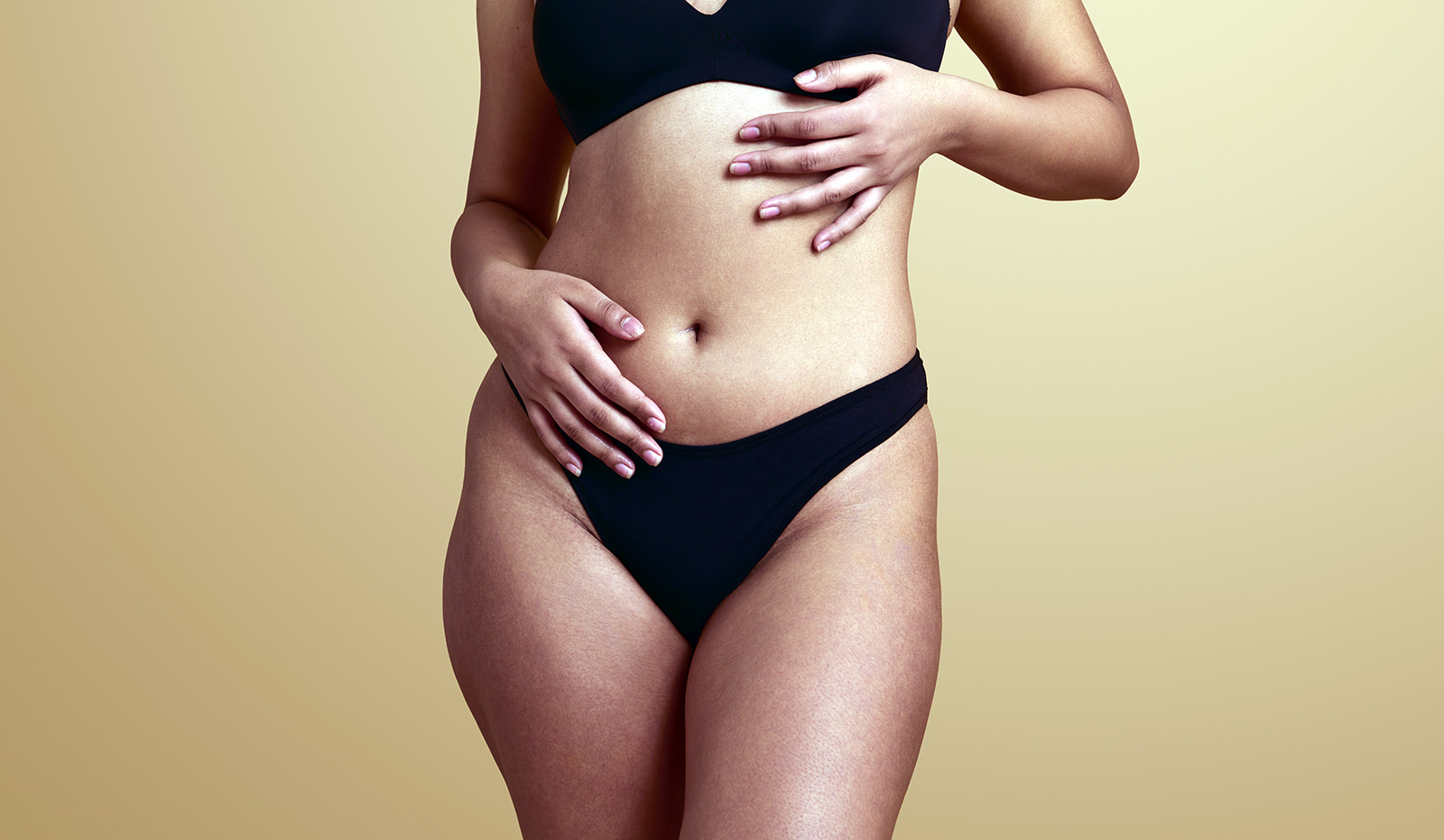Post OP Liposuction Care

Liposuction is a popular and effective procedure for removing excess fat from the body. Still, patients must follow a proper post-operative care routine to optimize the procedure results and minimize the risk of complications. After liposuction, critical elements of post-operative care include compression garments, lymphatic massage therapy, movement and diet.
Compression garments are an essential part of post-operative care after liposuction. These garments are worn over the treated areas and help reduce swelling, bruising and discomfort after the procedure. They also help to shape the treated areas and improve the overall appearance of the results. It is important that patients wear compression garments according to their surgeon’s instructions and that they follow garment washing and care instructions.
Lymphatic massage is another essential element of post-operative care after liposuction. This massage helps stimulate the lymphatic system, which removes excess fluid and waste products from the body. Lymphatic massage can help reduce swelling, bruising and discomfort after surgery. It can also improve the appearance of treated areas by helping to eliminate excess fluid and reduce scar tissue. A trained and experienced therapist should perform a lymphatic massage, and patients should inform their therapist and surgeon of any unusual symptoms or side effects.
Movement is also an essential part of post-operative care after liposuction. While patients need to rest and take it easy after the procedure, it’s also important to start moving as soon as possible. Gentle movements, such as walking or stretching, can help reduce swelling and discomfort and may also help prevent the development of blood clots. Patients must follow the surgeon’s instructions regarding activity after surgery and avoid intense or high-impact activity until they fully recover.
Diet is also an essential factor in postoperative care after liposuction. Patients must drink plenty of fluids, especially water, to help the body eliminate excess fluid and waste products. It’s also essential to eat a healthy, balanced diet rich in fruit, vegetables and lean protein to support the body’s healing process and promote the development of new collagen. Patients must discuss their diet with their surgeon and follow any specific dietary recommendations after surgery.
In conclusion, compression garments, lymphatic massage therapy, movement and diet are all critical elements of post-operative care after liposuction. These factors can help reduce post-procedure swelling, bruising and discomfort, optimize the procedure results and improve the appearance of the treated areas. Patients must follow their surgeon’s instructions and actively participate in their recovery by wearing compression garments, performing lymphatic massages, moving around as instructed and eating a healthy, balanced diet. By taking these steps, patients can contribute to a smooth and successful recovery from liposuction and achieve the best possible results.
For more information about liposuction, please schedule a consultation with Dr. Jonathan Kanevsky at his Beverly Hills plastic surgery clinic. To book, call 424-222-9352.
-
- “Liposuction Recovery: What to Expect.” American Society of Plastic Surgeons, www.plasticsurgery.org/cosmetic-procedures/liposuction/recovery.
- “Liposuction Recovery: What to Expect and How to Care for Yourself.” American Board of Cosmetic Surgery, www.americanboardcosmeticsurgery.org/procedure-learning-center/body/liposuction/recovery/.
- “Post-Liposuction Care: What to Expect During Recovery.” American Society for Aesthetic Plastic Surgery, www.surgery.org/consumers/procedures/liposuction/recovery.
- “Liposuction Recovery: Tips for a Smooth Recovery.” Mayo Clinic, www.mayoclinic.org/tests-procedures/liposuction/in-depth/liposuction-recovery/art-20046409.

